Balikli Monastery
![]() I’m neither a mad dog nor an Englishman and I never go out in the midday sun in summer, but this year the temperature in Istanbul from June through to August was set on high no matter the time of day. Nonetheless I still went out exploring, but tried to plan outings involving air-conditioned transport or ferries, to areas shaded by greenery or benefiting from a sea breeze. The Balikli Meryen Ana Rum Manastiri, the Balikli Monastery or Church and Monastery of St. Mary of the Spring, fitted the bill perfectly.
I’m neither a mad dog nor an Englishman and I never go out in the midday sun in summer, but this year the temperature in Istanbul from June through to August was set on high no matter the time of day. Nonetheless I still went out exploring, but tried to plan outings involving air-conditioned transport or ferries, to areas shaded by greenery or benefiting from a sea breeze. The Balikli Meryen Ana Rum Manastiri, the Balikli Monastery or Church and Monastery of St. Mary of the Spring, fitted the bill perfectly.
The road leading to the Balikli monastery is opposite the Silivrikapi (Silivri Gate) set in the original city walls dating back to the 5th century AD. It passes through a large cemetery shaded by tall trees and thick shrubbery, with different sections dedicated to Turkish, Greek and Armenian graves. The walk took about 10 minutes and there was enough cover to stop me from melting into nothingness in the heat. At the entry to the complex a large wooden double door leads into a simple courtyard. Directly opposite is the side wall of the church, and a huge plane tree with a white painted trunk spreads its branches wide.
Inside the layout is typical of Orthodox churches, however there’s a triple nave with an elaborate and quite beautiful iconostasis at the rear and a luminous shell shaped pulpit winding its way towards the heavens on the left. The iconostasis is decorated with scenes from the life of Jesus Christ with a depiction of the Last Supper in the pediment, the triangular bit on top. At eye level there’s a portrait of Mary and the baby Jesus, saints such as Theodora, Demetrios and Nikolaos, as well as the Archangels Michael and Gabriel. More scenes cover the opposite end of the nave including the Expulsion of Adam and Eve from Paradise and religious portraits on the pediment itself. I’m not at all religious but the beauty and attention to detail of churches like these caress my soul.
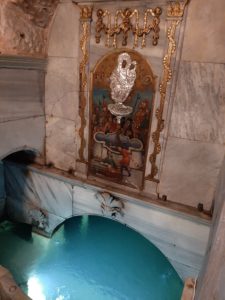
In the yard of the Balikli Monastery, grave stones have been used to pave the ground. Some sources say they were brought here from cemeteries elsewhere in the city to be protected from destruction. Whatever the case, they were fascinating. My husband and I and a couple of Turkish women took delight in trying to work out the professions of the people being commemorated. We managed to identify a number of farmers, an architect and a grocer, to name a few.
Find out more about the history of the Balikli Monastery and how to reach it by public transport on page 182 of my alternative guidebook Istanbul 50 Unsung Places.
**************
Planning to come to Istanbul or Turkey? Here are my helpful tips for planning your trip.
For FLIGHTS I like to use Kiwi.com.
Don’t pay extra for an E-VISA. Here’s my post on everything to know before you take off.
However E-SIM are the way to go to stay connected with a local phone number and mobile data on the go. Airalo is easy to use and affordable.
Even if I never claim on it, I always take out TRAVEL INSURANCE. I recommend Visitors Coverage.
I’m a big advocate of public transport, but know it’s not suitable for everyone all the time. When I need to be picked up from or get to Istanbul Airport or Sabiha Gokcen Airport, I use one of these GetYourGuide website AIRPORT TRANSFERS.
ACCOMMODATION: When I want to find a place to stay I use Booking.com.
CITY TOURS & DAY TRIPS: As well as using my bespoke guidebook Istanbul 50 Unsung Places, let me guide you around Kadikoy with my audio walking tour Stepping back through Chalcedon. Then read about what you’ve seen and experienced in my three essay collections and memoir about moving to Istanbul permanently.
Browse the GetYourGuide website or Viator to find even more ways to experience Istanbul and Turkey with food tours, visits to the old city, evening Bosphorus cruises and more!
However you travel, stay safe and have fun! Iyi yolculuklar.
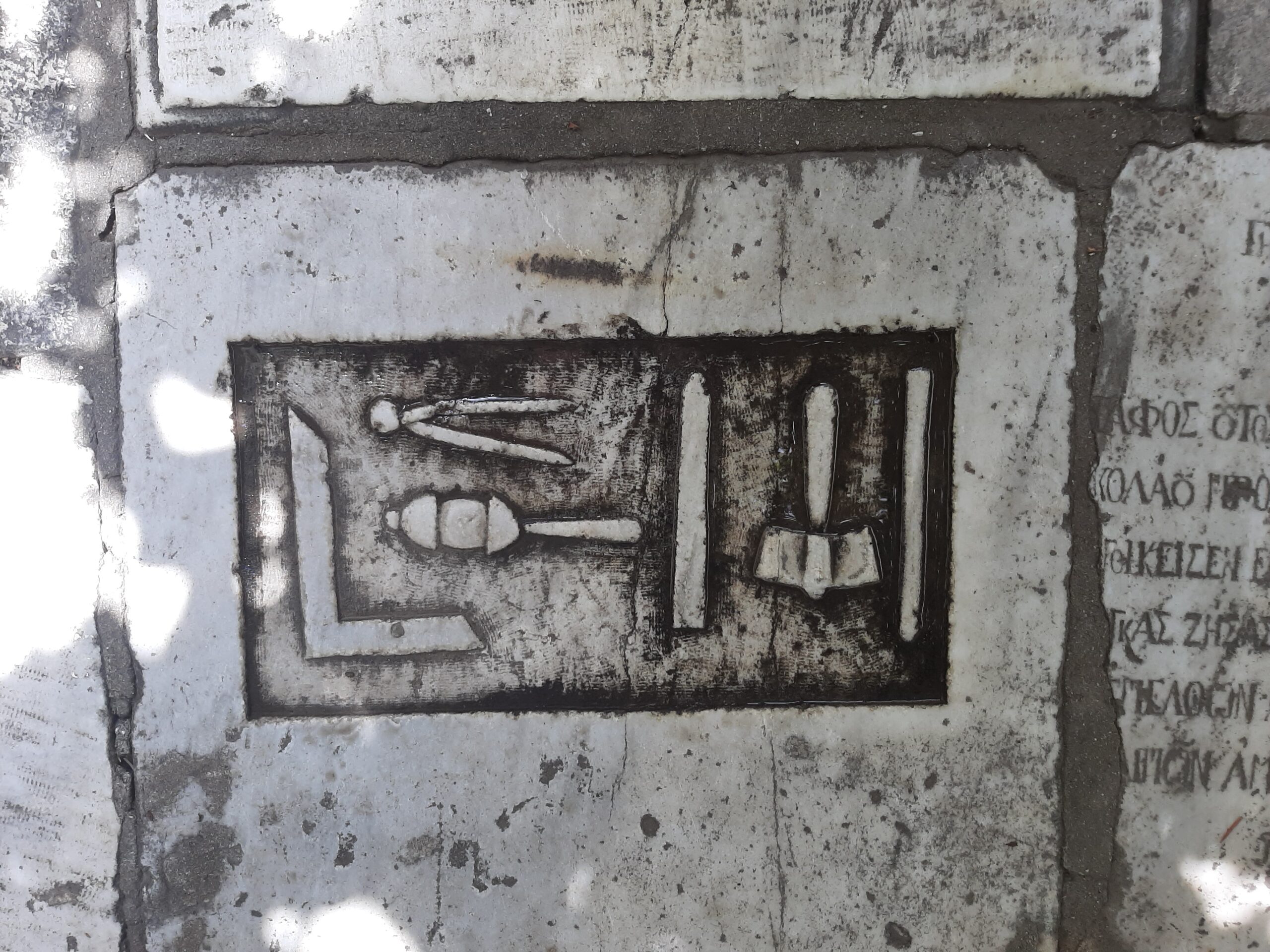
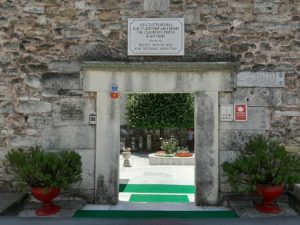
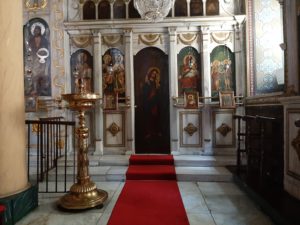
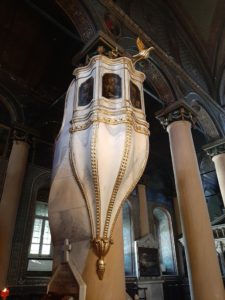
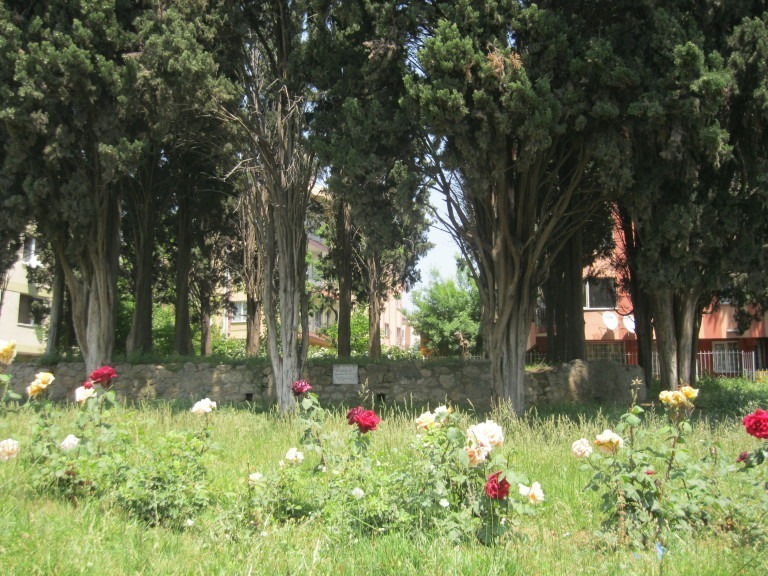
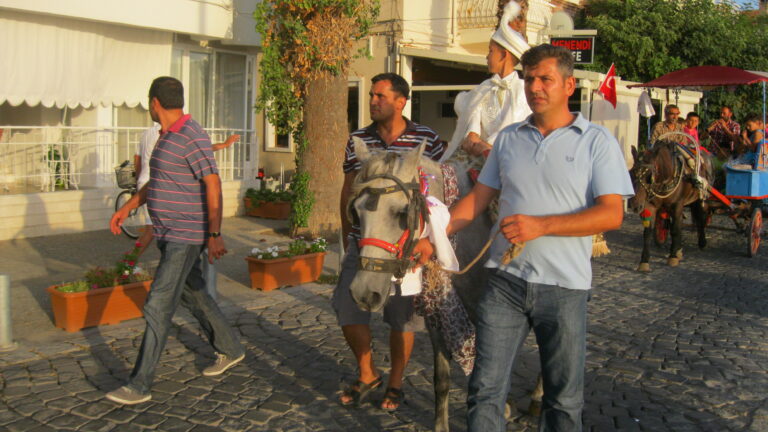
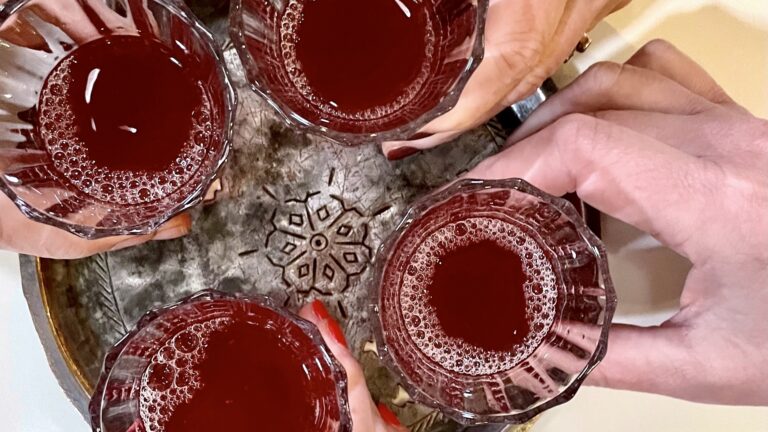
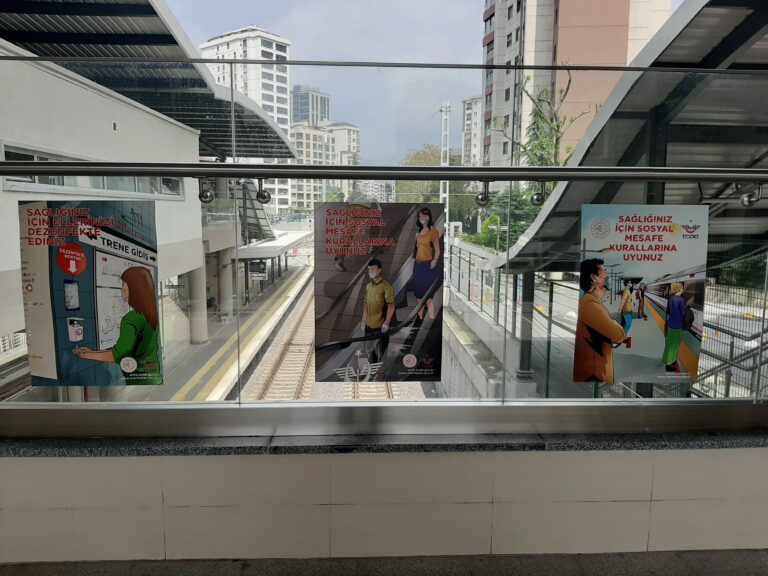
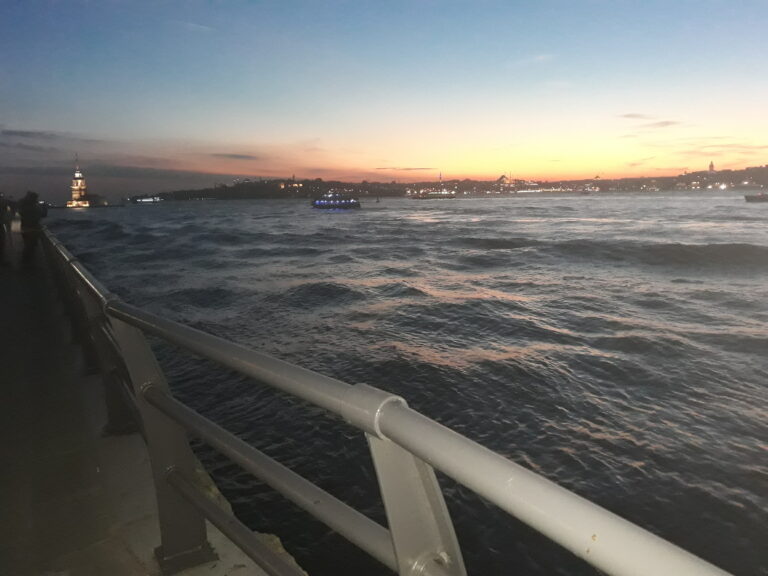
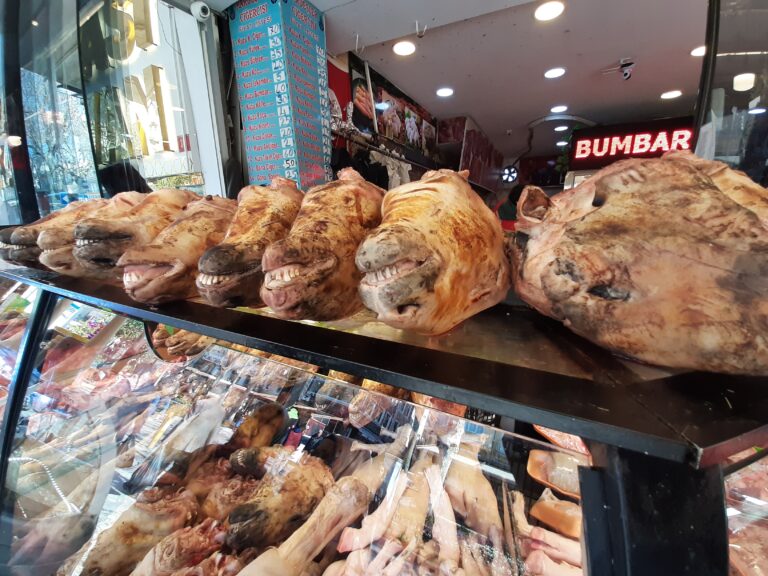
I too had a couple of slugs of that water about 15 years ago. Expected little fish to spring out of my belly button. Unfortunately, no repercussions.
You can always dream!
A very interesting walk! I love the grave stones depicting the professions of the people being commemorated. I am still hoping we will be able to visit Turkey in April (at last!), but unfortunately we will only have guided tours. I wish I had read your books before my friends and I spent two weeks in Istanbul a few years ago. Maybe I could come back someday and explore Istanbul with your books as guides.
Fingers crossed you’ll get here in April. Guided tours can be very good as you see a lot without the hassle of dealing with transport etc. I too hope you can visit again using my books for inspiration. Have you read the latest one, Longing for Istanbul: The Words I Haven’t Said Yet?
I have lots of fun exploring Istanbul so it’s great to hear reactions to my posts like yours. The plane tree was lovely but the most majestic (in my opinion) are the ones at Eyupsultan Cami. If you look in the Categories drop down at the top RHS of the page and click on the Gold Horn post, you’ll find a link to the post which includes photos of them.
Once again, you transported me to a faraway place and gave me vivid scenes to see. I would like to have seen a pic of the plane tree, as it figures heavily in Turkish culture and belief, but that water looks amazing! I enjoyed the fish story: I laughed out loud and then had to share with my husband.